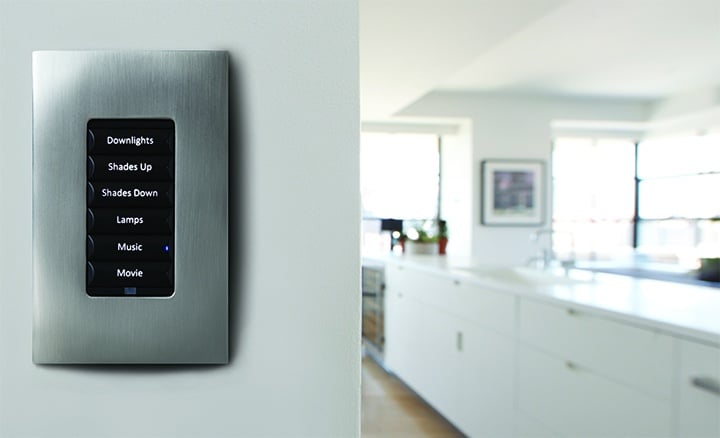Smarter lighting, smarter working. The importance of LED luminaires and their IoT capabilities
An integral part of a smart building is smart lighting, with connected technology that can manage energy consumption and provide lighting at times when it is needed.
The Internet of Things has paved the way for LED-based luminaires to have network connectivity and intelligence built into them, allowing them to make smart decisions around lighting in connected buildings.
There are several companies around the world producing these smart LED lighting system, including TransTech and LEDman, who will both be exhibitors at this year’s Integrate Expo from August 22-24 at ICC Sydney.
Here is how some of their systems can reduce electricity costs and provide a smarter lighting scheme for your office using network connectivity.
How smart lighting works
The Internet of Things (IoT) is an evolution of the internet, taking Internet Protocol (IP) communication and embedding it into a variety of different objects to give them connectivity and new functions.
That has paved the way for Internet of Lights (IoL), where anything with a bulb can become connected and have better efficiencies and functions.
The lighting industry is already in transition to Solid State Lighting (SSL), with LED technologies the preferred option for most manufacturers and suppliers.
Advancements in technology have made it feasible to put chips and sensors into these LED lights that connect to the internet, so they can tap into Building Automation Systems (BAS), smart grids and cloud services.
Some are even autonomous, being able to detect when there is no one in the room and sending a signal to turn themselves off and conserve power.
Some of the new innovations in smart lighting
There are many ways to use sensors and central control hubs to manage your lighting, for energy efficiencies and also to customise the look of your enterprise.
Phillips have launched the Interact Landmark Scheme, which allows managers to use their smartphone to change the colours of the lighting on the facade of their building or other structures like bridges.
The lights themselves can also be used as a tool to boost network connections. Osram and Nokia are currently trialling technology that embeds 5G radio chips into luminaires to transmit data in buildings.
This LED technology also extends to conference room projectors, with portable devices now on the market using these luminaires. Devices like the ViewSonic Ultra-Portable Projector have LED lights built in, as well as speakers, to enable a business to conduct conferences or presentations anywhere there is a wall to project onto.
Chinese innovators to show smart LED systems at Integrate
Hong Kong’s TransTech is a leading designer and manufacturer of LED products, and they will be one of the companies present at this year’s Integrate Expo.
One of TransTech’s subsidiary companies is Jiangsu Retop Lighting Systems Engineering, which specialises in the manufacture of LED architectural lighting.
For over a decade, Jiangsu Retop has been working on smart and connected LED systems which have resulted in many Chinese awards for their innovations in areas like lamp efficiency and system controls.
One of their major projects was at Yueshan Lake, a major tourist attraction 15km from the nearest city centre. Jiangsu Retop were able to introduce new lighting technology to deliver smart power consumption. That includes a system that can tell the difference between peak visitor days and off days, so the lighting can operate accordingly.
Integrate has over 130 exhibitors showcasing their latest product and services in AV and solution technology, including Ledman and Transtech LED on Stands F4 and K50 respectively. You can see the full exhibitor list here and find out more about how you can join them as an exhibitor here. Or you can register for free here and see the future defined at Integrate this 22-24 August, ICC Sydney.
-
Stay up to date with the latest news, industry insights and Integrate updates.
- Subscribe

